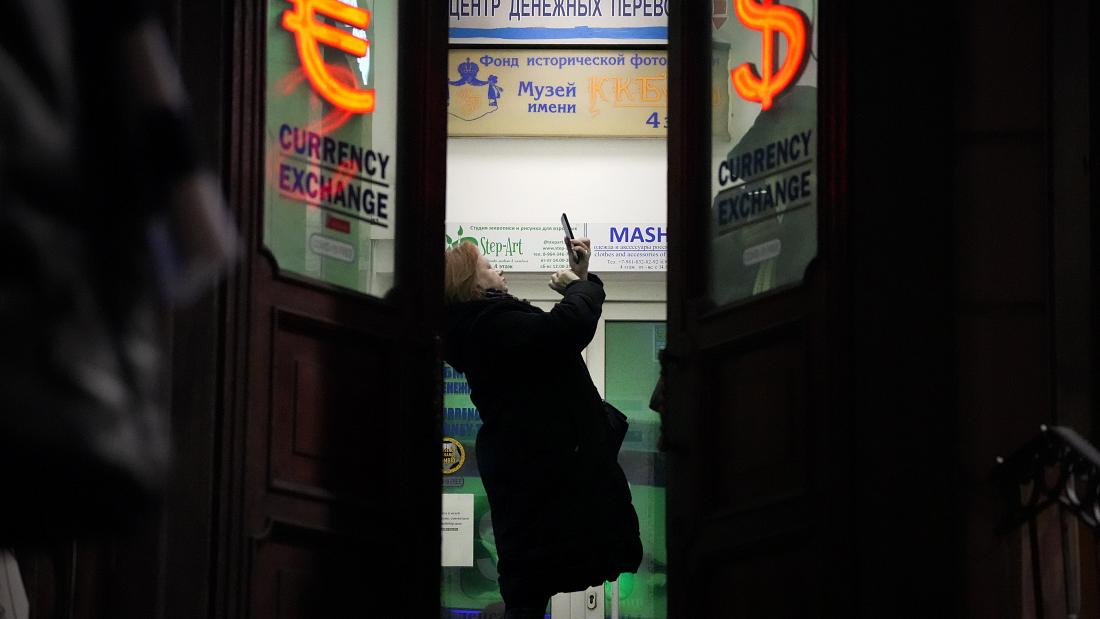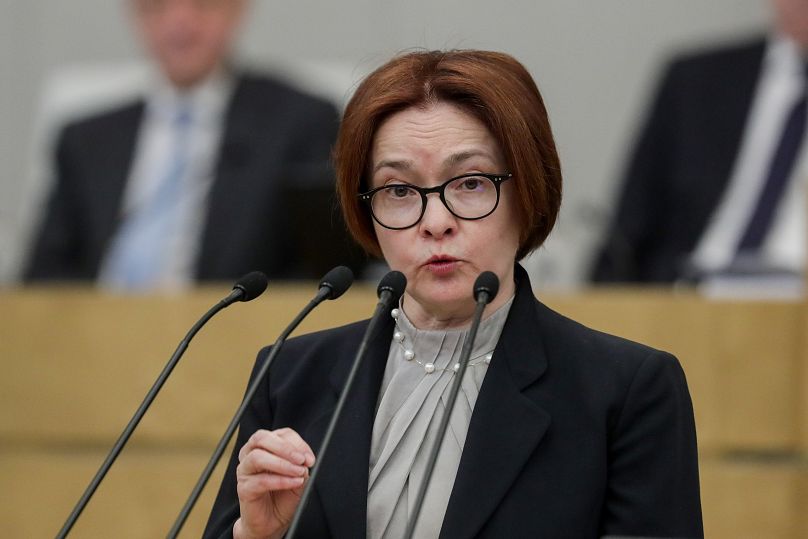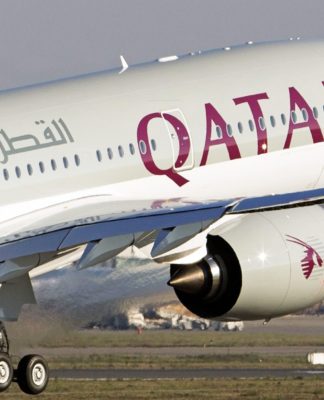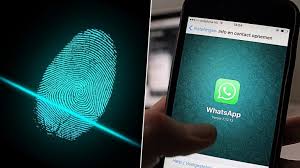Will Russia’s digital ruble shield its economy from Western sanctions?
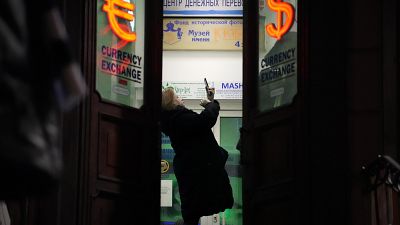
A waiver issued by the US Treasury allowing Russia to still transfer payments for its foreign bonds despite Western sanctions expired on Wednesday, leaving Moscow to face an eventual, inevitable default.
Russia made its last payment over some dollar-denominated bonds in April, and its last two payments for euro-denominated bonds just a few days ago to avoid defaulting on May 27.
As of today, Russia is officially unable to make any payment in US dollars, and it remains blacklisted from the euro market.
The country has already been cut off from the global payment markets, including SWIFT, and sanctions imposed after the invasion of Ukraine on February 24th have frozen its more than €560 billion worth of assets abroad.
An increasingly financially cornered Russia is now considering all options to keep its economy afloat, if not stable – even creating a “digital” rouble.
What is a digital ruble?
Russia is not the first country to develop its digital money capacities to modernise its financial system.
In 2020, the Bahamas was the first country to launch a national digital currency. In 2021, Nigeria developed the e-Naira, a digital currency used for in-store payments and money transfers.
Antigua and Barbuda, Dominica, Grenada, Montserrat, St. Kitts and Nevis, Saint Lucia, and St. Vincent and the Grenadines in the Eastern Caribbean Union have all developed their own digital currencies. Meanwhile, Jamaica said it will launch its own digital currency this year.
In Europe, the European Central Bank (ECB) has launched a two-year-long “investigative phase” of its project to launch a digital euro in October 2021, while Sweden is already testing the e-krona.
Some of the world’s biggest economies are getting on board: India is planning to introduce a digital rupee by 2022-23 and this year China trialled a digital yuan during the Beijing Winter Olympics.
Digital currencies allow countries to get the best out of modern technologies such as cryptocurrency, without letting go of control over the financial system. In the case of digital currencies, it’s one country’s central bank which is in charge of issuing digital coins and accounts backed by the government.
When is Russia going to introduce it?
Russia’s central bank chief Elvira Nabiullina said the bank made creating the digital currency a priority, creating a prototype “fairly quickly.”
“We have fairly quickly created a prototype… Now we are holding tests with banks and next year we will gradually have pilot transactions,” Nabiullina was quoted telling the Russian Parliament by Reuters in April.
Last month, Russia said it would have started a pilot project using the digital ruble with real customers and real transactions starting from April 2023, way ahead of the original schedule which has not been specified, likely because of the severity of the Western sanctions.
Moscow said it should be able to make international payments with the digital ruble by next year.
How can this help Russia?
A digital ruble would allow Russia to continue making domestic and international payments despite sanctions that are currently blocking the country from accessing the international banking system.
Whether Russia will be able to use the digital ruble for international payments will depend on the willingness of countries to accept the currency without first converting it into dollars.
There is concern that Russia may use the digital ruble to steal digital currencies and make up for the money lost on sanctions with hacking techniques like ransomware, something that has reportedly happened in North Korea before.
But the main worry for Western countries is that Russia may actually be successful in launching its digital currency. If the digital ruble picks up, Western sanctions will have very little power on Moscow, and the West will have one less tool to influence the Kremlin’s behaviour.
There are also signs that Russia is opening up to consider legalising cryptocurrencies.
On May 18, Russia’s Industry and Trade Minister Denis Manturov said that Russia would sooner or later legalise crypto “in some format or other” as a means of payment.
It is a massive shift for Russia, which previously rejected cryptocurrencies over fears they would be used for money laundering or terrorist operations.
Cryptocurrency – the alternative payment method by definition – could help Russia bypass all the blocks in the traditional markets that Western allies have imposed against it. Relying on crypto to make domestic and international payments could ease the internal situation in Russia, shielding citizens from being hit directly by Western sanctions.
Recent reports from the Russian government, which were not independently verified, said that Russians own more than €200 billion worth of cryptocurrencies.
But it remains to be seen how much Putin’s government will be willing to let go of control and embrace a decentralised financial system that does not quite match the controlling and centralised style of leadership of the Kremlin.









